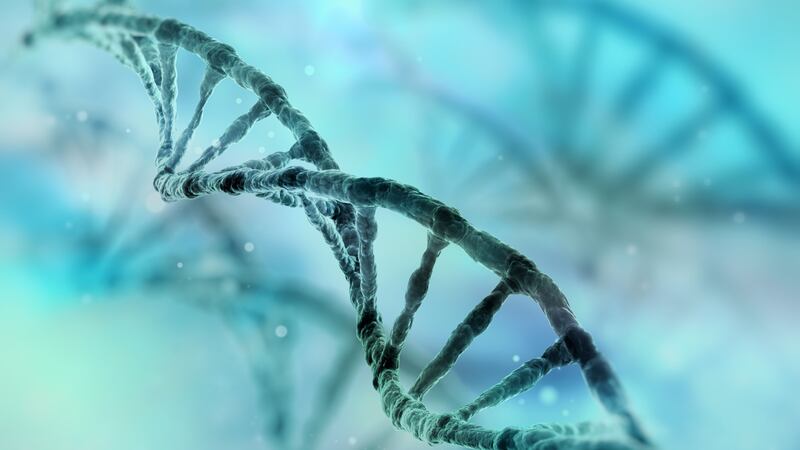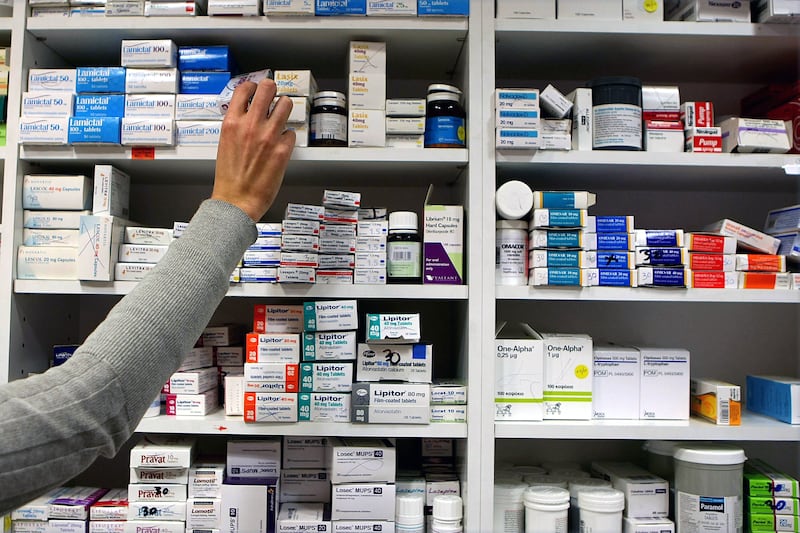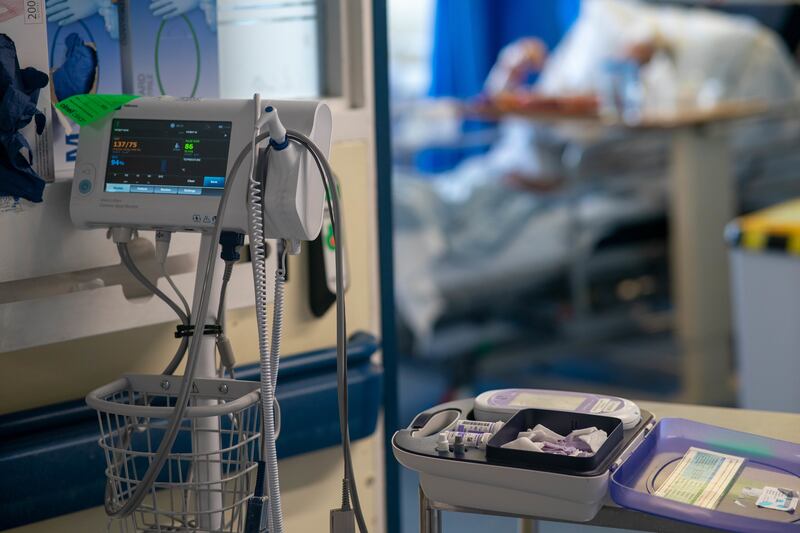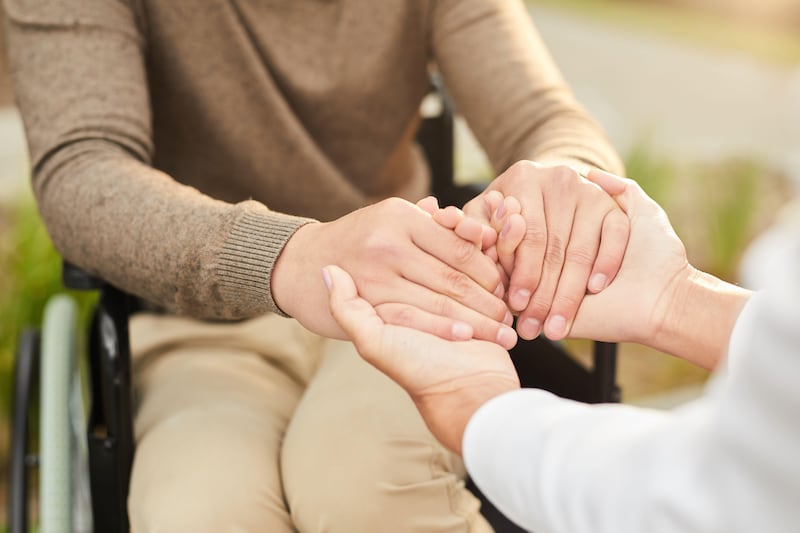A landmark study has raised the prospect of Britain pioneering the use of human embryo gene editing to eradicate inherited diseases.
Scientists in the US reached a new milestone by successfully altering DNA in defective embryos so they were no longer programmed to develop heart failure.
It is the first time the powerful gene-editing tool Crispr-Cas9 has been used to fix a mutation responsible for a common inherited disease.
Here is everything you need to know:
What is Crispr-Cas9 and how does it work?
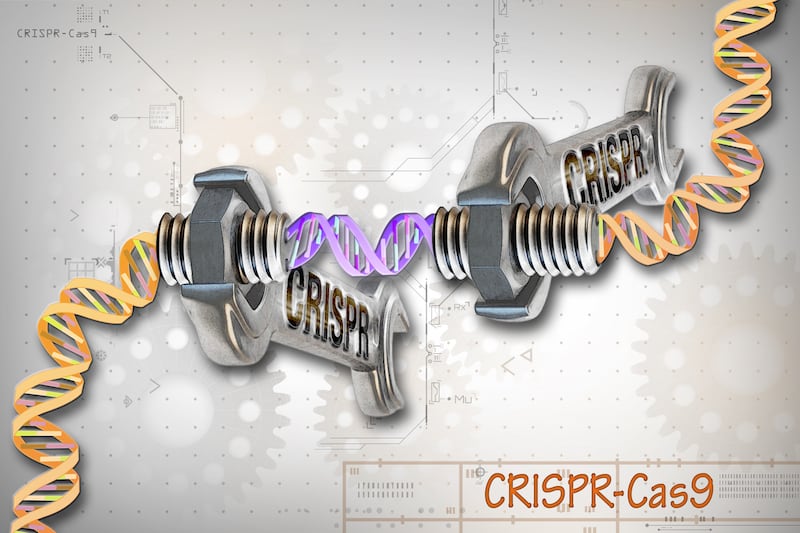
Crispr-Cas9 is an incredibly powerful gene-editing tool that is transforming the way DNA is manipulated and modified.
First demonstrated in 2013, it is based on a system bacteria use to defend themselves against invading viruses.
In its most basic form, the gene editing “tool kit” consists of a small piece of RNA – a genetic molecule closely related to DNA – and an enzyme protein called Cas9. The RNA component is programmed to latch onto a specific DNA sequence.
Then Cas9 slices through the strands of DNA, like a pair of molecular scissors.
What can Crispr-Cas9 actually do?
By cutting away precisely targeted elements of DNA, active genes can be switched off.
Defective parts of a gene can also be removed, allowing the fault to be repaired.
However, the new research – reported in the journal Nature – goes much further by modifying the nuclear DNA at the heart of the cell that influences personal characteristics such as height, facial appearance, eye colour and intelligence.
Leaked information has already led to widespread speculation about the study. The published paper explains how Crispr-Cas9 was used to repair human embryos blighted by a single copy of a mutant gene, MYBPC3, that causes hypertrophic cardiomyopathy, a type of heart failure.
So how are defective genes fixed?
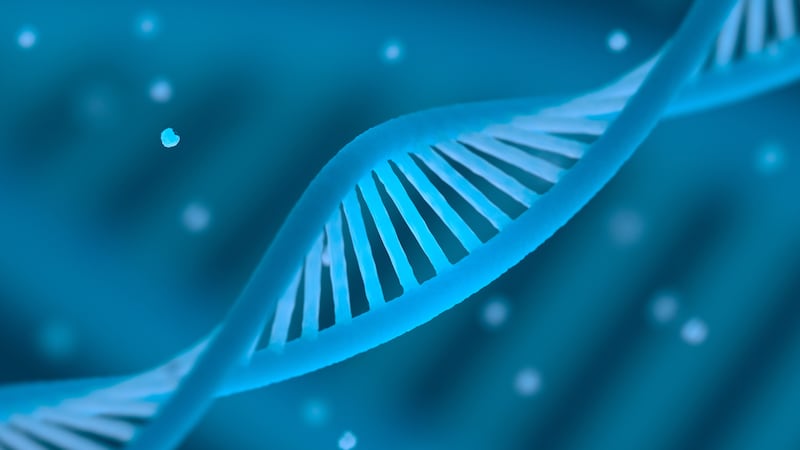
Here, nature comes into play. Once a piece of DNA has been snipped out in a cell, natural repair systems kick in to try to repair the damage.
More advanced gene editing systems include additional “template” DNA the cell can use to mend the break, making it possible to rewrite the genetic code.
This was what the scientists conducting the new research planned to do. However, researched showed the embryos went their own way.
Instead of adopting the researchers’ template, their cells exploited the fact that only one copy of the gene – carried by sperm – was defective.
They based their repairs on the other, functioning, copy of the gene inherited from the women who donated their eggs for the research.
Does this mean gene editing of embryos could eliminate inherited diseases?
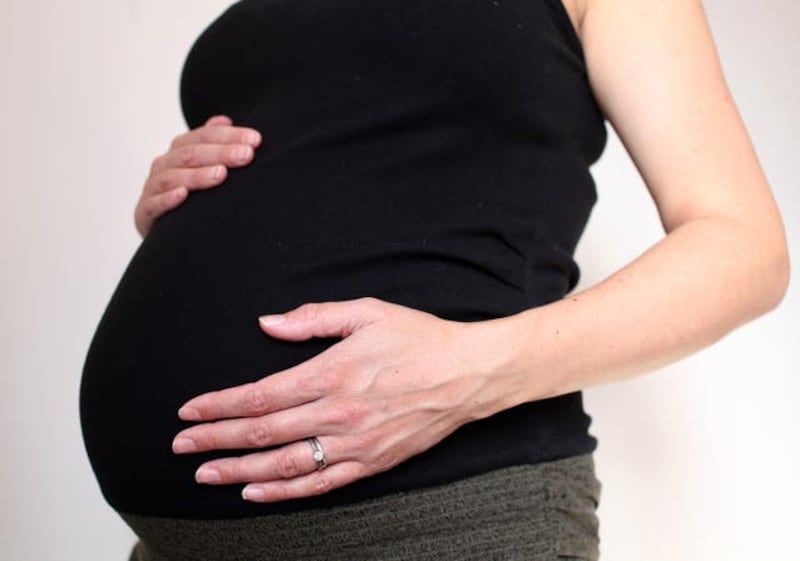
A lot more research has to be done before the technique is shown to be safe and effective enough to be used in the clinic.
Also, altering nuclear DNA in a developing embryo is currently illegal.
A change in the law would be needed before such treatments can be considered, and this would involve addressing some profound ethical questions.
If in the future gene editing of embryos is given the green light, it could potentially prevent thousands of diseases being passed onto subsequent generations.
What has the reaction been from the scientific community?
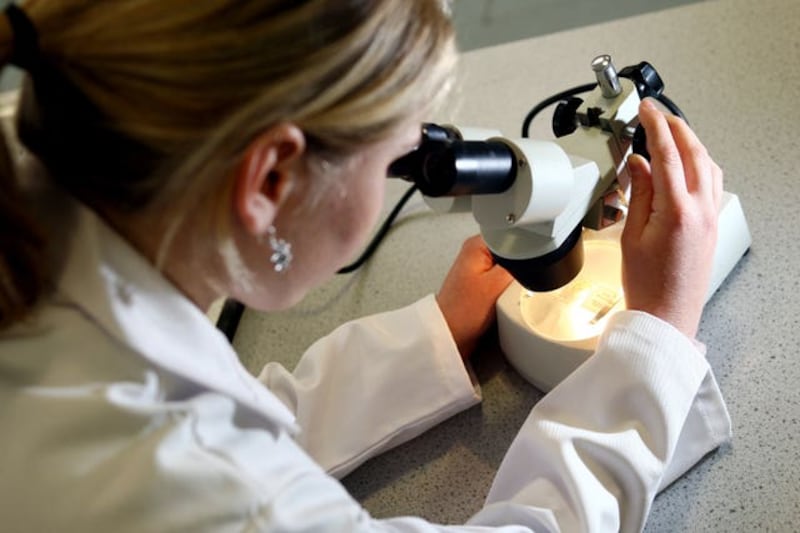
British experts have called research raising hopes of Britain pioneering the use of human embryo gene editing to wipe out inherited diseases “remarkable” and a “major advance”, but tempered their response with words of caution.
Professor Peter Braude, from King’s College London, said the work showed how rapidly the field of gene editing had progressed.
Stem cell scientist Professor Robin Lovell-Badge, group leader at the Francis Crick Institute in London, stressed that the research was “not about designer babies”.
He pointed out that the technique probably would not work if the mother, rather than the father, carried the mutant gene.
“There is still much to be done to establish the safety of the methods, therefore they should not be adopted clinically,” he added.
